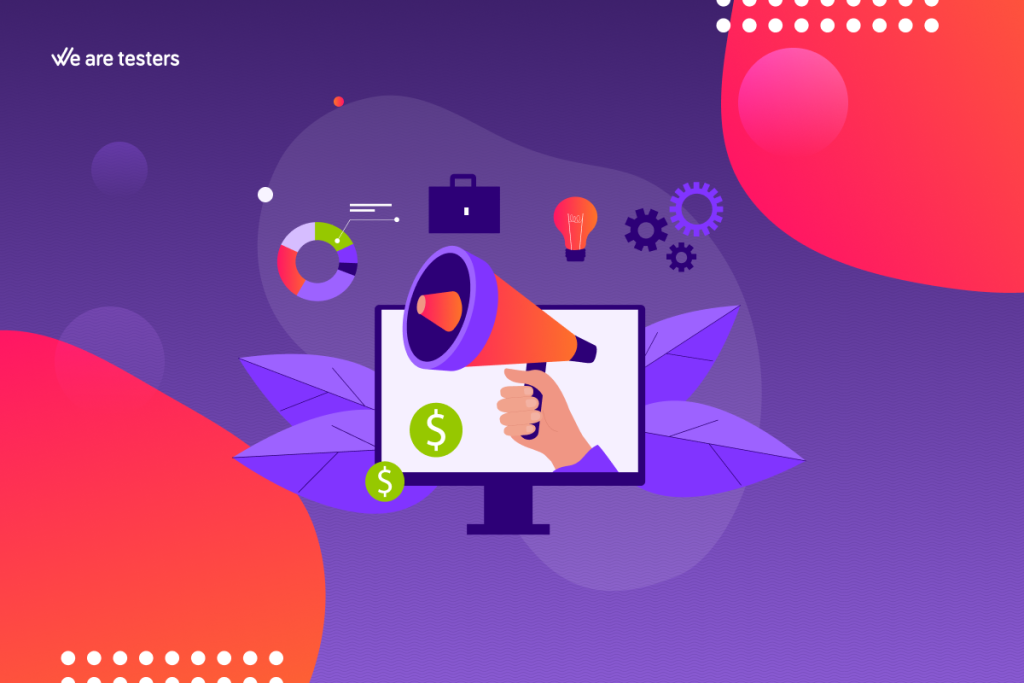
Omnichannel means being present in all possible communication channels. That’s what omnichannel is, a marketing strategy that can help strengthen your relationship with customers. In this article, you’ll find all the information about omnichannel: what it is, steps to create a strategy, and most importantly, the benefits it can bring to your brand!
What Do We Mean by Omnichannel?
When we talk about omnichannel, it’s always in reference to the user experience. Consumers are present on many platforms, so why should brands be different? If a brand is on all those channels, the customer can maintain communication without any inconvenience. In addition to facilitating uninterrupted communication, omnichannel provides the consumer with the opportunity to engage with the brand through their preferred medium.
However, it’s important to note that having multiple open communication channels requires coordination. The same message must be conveyed across all channels, and, above all, having an open channel implies the need to feed it.
Why Defining an Omnichannel Strategy Is Important
Omnichannel is a very useful tool for maintaining uninterrupted communication with consumers. But it indirectly helps in other aspects as well:
Improvements in Sales
Having different communication channels means having different ways to gather information about your customers and potential customers. This, in turn, increases the ability to develop more effective strategies to boost sales.
Enhanced Customer Experience
The ideal customer experience is being able to have a conversation with the brand and being able to maintain it no matter how many times you change channels. That’s precisely the goal of omnichannel.
Online and Offline: The Best of Both Worlds
Some people prefer to call by phone. Some people prefer to do it online. Some people prefer to visit a physical store. Having all these channels (and centralized/ coordinated) means that the consumer receives the same information regardless of the channel they choose.
The Challenges of Omnichannel
It’s true that having an omnichannel strategy brings great benefits, but it’s not an easy job. To start with, maintaining communication channels requires time and resources. Moreover, in an omnichannel strategy, multiple channels must be open, and they all must convey the same message.
Having multiple communication channels means that you will obtain more information about the customer (or potential customer). But how is all that information managed? Fortunately, there are tools that greatly facilitate effective management of these data flows, but it still requires significant effort.
How Omnichannel Benefits Customer Relationships
What are the exact benefits of this type of strategy? The greatest of all is undoubtedly the improvement in the relationship with the target audience. Allowing your customers to contact you anywhere and anytime adds a lot of value to the service offered. This also brings its own benefits, such as customer retention (or acquisition).
Thanks to omnichannel, it’s easier to identify which parts of the customer journey are the most challenging, which, in turn, leads to smoothing them out. It’s also important to note that using this strategy will indirectly provide you with a wealth of data. With these data, you can, among other things, discover trends, conduct better business analysis, and market research, and enhance your brand’s image.
Steps to Implement an Omnichannel Strategy
Now that you understand what an omnichannel strategy is and the benefits it can bring to your business, do you know how to implement it? Do you know where to start? Below are the steps to follow:
First Things First: Buyer Persona
Before planning any strategy, you need to identify who you’re targeting. Creating one or several Buyer Personas can be very useful for summarizing all the most important and relevant characteristics of the consumer.
Focus on the Customer
The focus of any marketing strategy should be the consumer. Keeping them in mind and performing all actions with them in mind is absolutely mandatory for the strategy to succeed.
Keep Response Time Short
It doesn’t matter how many communication channels you have if the customer has to wait (or, in some cases, insist) to get a response. That’s why response time is an aspect that cannot be overlooked, especially in digital marketing (immediacy is imperative).
Consistent Message Across Different Channels
Having different channels is no excuse for having an inconsistent message. Ensure that the same message is conveyed regardless of the channel used. It’s highly recommended that all employees are clear about the objectives and vision.
Collect and Utilize Data
In this article, data collection has been mentioned several times, and it’s because it’s very important. Thanks to omnichannel, you can obtain a lot of useful data that you can use to improve, among other things, customer satisfaction levels.
Update date 15 April, 2024


